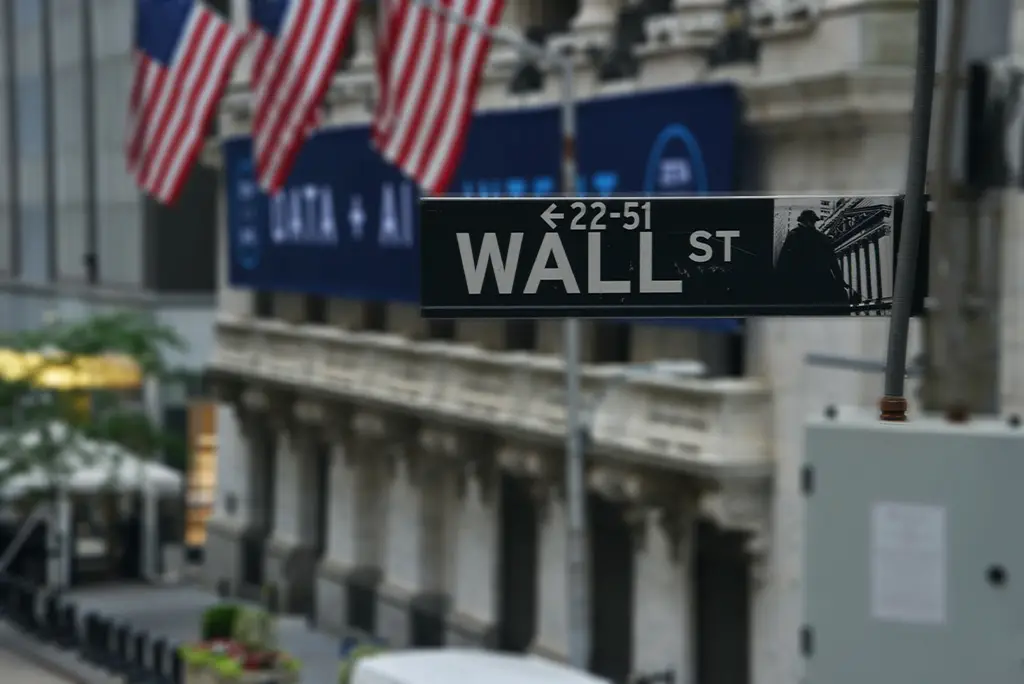Wall Street analysts who were mostly incorrect about the rally this year are now acknowledging their error and increasing their year-end projections for the S&P 500 Index.
Last week, Manish Kabra of Societe Generale raised his year-end index target to 4,750 from 4,300, surpassing his initial 3,800 prediction by 25%.
Michael Kantrowitz of Piper Sandler & Co. and Greg Boutle of BNP Paribas SA, who previously held the lowest targets at 3,225 and 3,400, had to revise their 2023 forecasts due to a 15.9% rally this year.
In July, Morgan Stanley’s Mike Wilson, known for his bearish stance, admitted to a prolonged period of pessimism. Despite this acknowledgment, he maintains his view that US stocks will experience a decline exceeding 10% by year-end.
Market Momentum Forces Wall Street Strategists to Raise Their Predictions
Money managers face intense pressure to both make accurate decisions and surpass market performance, as failure to do so could result in client attrition.
Due to the ongoing stock market surge, numerous Wall Street strategists had to revise their predictions upward.
Savita Subramanian of Bank of America Corp., David Kostin of Goldman Sachs Group Inc., and Scott Chronert of Citigroup Inc. all increased their 2023 forecasts to match the market’s momentum.
These adjustments were prompted by the continued climb in stock prices this year.
Navigating market trends and strategic dilemmas in 2023
“Group think and psychology greatly influence strategists’ actions,” noted Adam Sarhan, founder of 50 Park Investments.
Many strategists, who have been consistently incorrect this year, find themselves altering their targets to align with the stock market’s trends. Despite widespread adjustments to their 2023 forecasts, strategists remain cautious about becoming bullish.
Manish Kabra, for instance, predicts the S&P 500 will decline to 3,800 by mid-next year due to a consumer-spending squeeze, while it closed at 4,450 on Friday.
Manish Kabra isn’t the sole strategist in this view. Many anticipate a market decline in 2024 despite indicators suggesting the US economy might sidestep a recession.
Factors such as moderated inflation rates, robust retail sales, and the Federal Reserve’s anticipated decision to maintain interest rates contribute to this outlook.
FED is putting effort into balancing Wall Street’s pessimism
Wall Street’s prevailing pessimism presents a quandary for investors with active investments. It serves as a reminder that the Federal Reserve’s efforts to control inflation still pose economic risks.
Yet, stocks managed to surmount similar challenges in 2023, and with improving corporate profits and the Fed’s lack of recession signals, some market observers believe the bearish predictions may prove erroneous once more.
For Sarhan, this underscores the divergent pressures market observers and client money managers face.
Oliver Pursche on Market Predictions
Oliver Pursche, senior vice president and adviser at Wealthspire Advisors, suggests that those revising their estimates and market predictions might not have been incorrect but rather premature.
He emphasizes the value of listening to opposing viewpoints, stating that seeking confirmation bias from like-minded individuals is less beneficial.
According to Pursche, forecasters’ early adjustments should not necessarily be seen as erroneous.
As the Federal Reserve approaches the conclusion of its tightening phase, Pursche holds a positive view of both the stock market and the economy. His optimism stems from an improved earnings outlook and continued strong consumer spending.
Economic outlook around FED rate hike
Federal Reserve officials have indicated readiness to raise interest rates if economic conditions and inflation persist at high levels.
Additionally, the bond market, which has not issued recession warnings for an extended period, serves as a reliable indicator. Wall Street is pondering the duration of the Federal Reserve’s high interest rate stance if it concludes its rate hikes.
Economists surveyed by Bloomberg anticipate rates to remain between 5.25% and 5.5% during the September 19-20 meeting. This prediction indicates a delay of two months compared to economists’ expectations in July for the first rate cut, now projected for May.
Fed Rate Hike Pause is a challenge for equity investors
Historically, accurately predicting the end of the Federal Reserve’s rate hikes has yielded substantial gains for equity investors.
However, the situation becomes less clear when the central bank pauses before resuming rate hikes, complicating the trajectory.
Stephanie Lang, the Chief Investment Officer at Homrich Berg, expressed surprise at the speed and extent of the ongoing market rally.
She suggests that it will be noteworthy if most strategists shift their outlook, but potential economic weaknesses remain a concern.
Funds Flowing Back into Equities
Indicators suggest that investors are ready to allocate funds to the stock market.
Data from Deutsche Bank AG reveals that investor exposure, which appeared stretched in July following significant first-half equity gains, is now much closer to a neutral position.
It seems that a portion of those funds might be entering the market now. Bank of America reports the largest weekly inflow into equity funds in 18 months, driven by increasing confidence in a stable economic trajectory.

